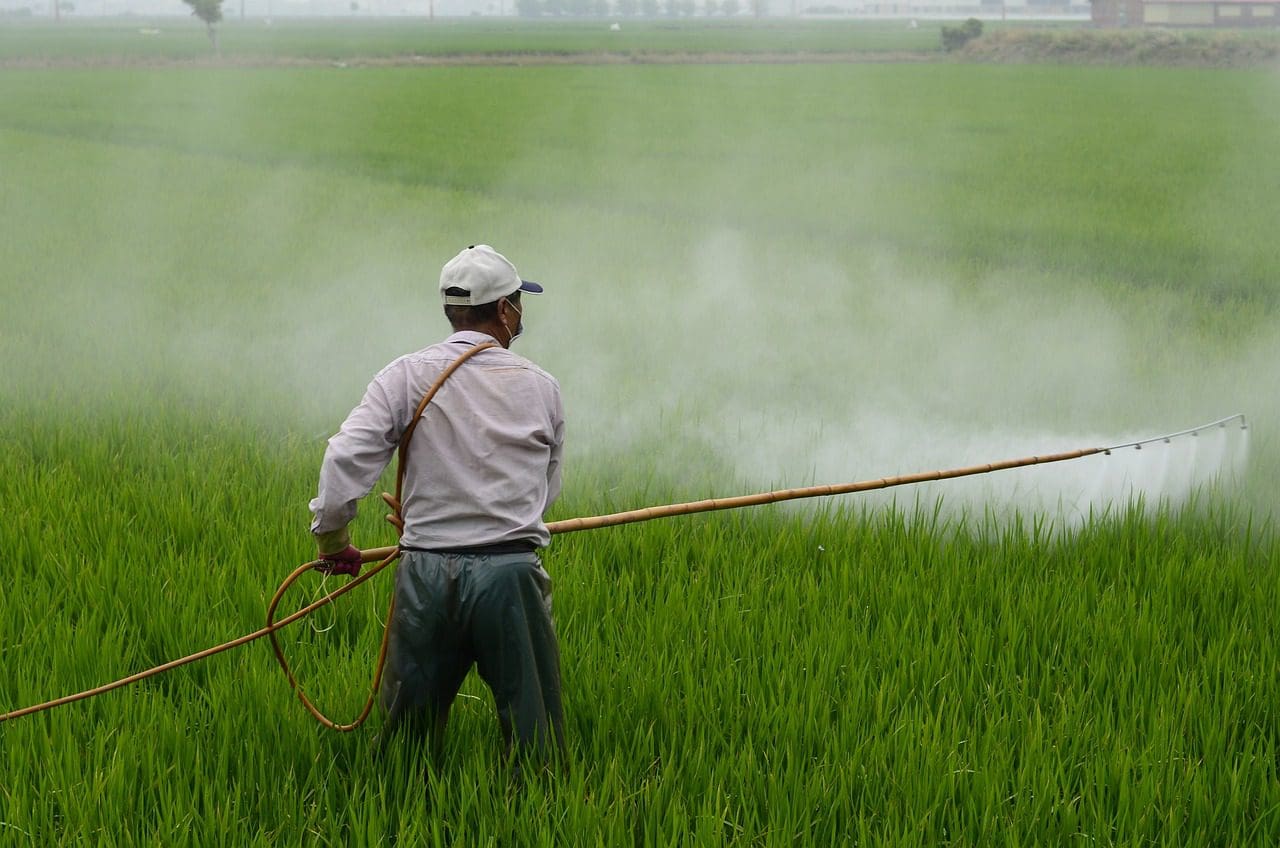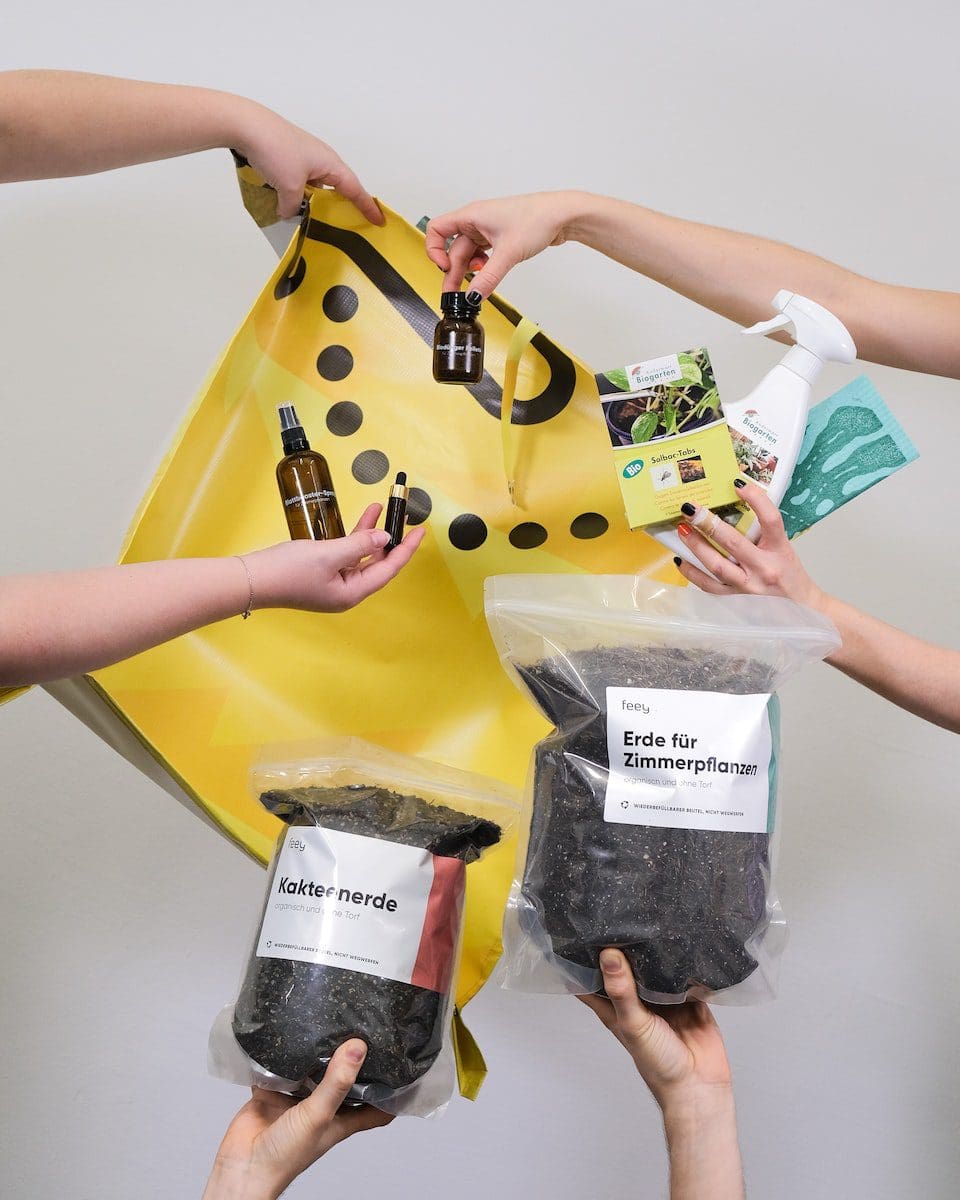When we deal with agriculture, the study of chemistry is very significant. Further, from cellular to organ structure, chemistry is an essential part of agriculture.
In addition, when discussing issues such as photosynthesis and also in development and use of many agricultural products, it plays an essential role.
Increased land production and simultaneous safety by using chemical products like fertilizers and pesticides significantly contributed.
For a plant to grow healthily, pesticides and fertilizers are very necessary. The plants are fed the nutrients required by fertilizers, which are in dry, liquid shape. Inorganic and inorganic compounds, fertilizers are available.
Pesticides in animals, such as slackers, flies, fungal diseases (smuts, rots, and mildew), and snails, are used to eliminate, discourage or manufacture pesticides.
Key Takeaways
- Pesticides are chemicals used to kill or control pests, while Fertilizers are substances used to enrich the soil with nutrients.
- Pesticides are used to protect plants from damage caused by insects, while fertilizers are used to help plants grow.
- Pesticides can harm the environment and human health if not used correctly, while fertilizers are safe when used as directed.
Pesticides vs Fertilizers
Pesticides are a type of chemical which is used to kill insects in the crops. Weeds can also be destroyed using pesticides. Fertilizers are organic chemicals used to give plants nutrients for their growth. People can make fertilizers or buy them. Seeds absorb fertilizers. Herbal foods are used in the making of fertilizers.

A pesticide is any material used to kill, repose, or control plant or animal life forms called pests.
Herbicides for destroying weeds and other unwelcome vegetation, insecticides for controlling a wide range of insects, molten and mildew-preventing fungicides, bacterial disinfectant products, and chemicals used to control mice or rodents.
Fertilizers are named substances that are used to destroy insects. Insecticides are widely used in medical, agricultural, and industrial applications. Any insecticides are concentrated in the food chain as they disperse.
Insecticides can, based on their chemistry, toxicological activity, and penetration, be categorized in any of many forms.
Comparison Table
| Parameters of Comparison | Pesticides | Fertilizers |
|---|---|---|
| Meaning | Pests of some kind, like insects and occasional trees, are killed or repelled by pesticides. | Fertilizers may be a material that is artificial or normal. |
| Feature | There are additives applied to the plants to remove pests and improve stability and growth. | There are additives applied to the soil to improve its stability and growth. |
| Soil | Give soil pests free humus. | Don’t give the soil humus. |
| Property | Full with chemicals. | Full with herbal foods. |
| Characteristic | Rapidly kills the pests. | Rapidly absorbed by seeds. |
| Effects | The applications of pesticides are almost everywhere. | It damages life on the ground and causes health problems for people who eat the seed. |
What are Pesticides?
Based on their chemistry, toxicological activity, and penetration, pesticides can be categorized in any of many forms. The latter scheme classifies the result of ingestion (stomach poisons), inhalation (fumigants), or body penetration according to their classification (contact poisons).
As far as food processing is concerned, people are subjected to low amounts of pesticide residue from their diet due to the wide use of agricultural chemicals.
A pesticide is any material used to kill, repose, or control plant or animal life forms called pests.
Herbicides for destroying weeds and other unwelcome vegetation, insecticides for controlling a wide range of insects, molten and mildew-preventing fungicides, bacterial disinfectant products, and chemicals used to control mice or rodents.
However, most synthetic insecticides enter all three receptors, so their fundamental chemistry differs better.
In addition to synthesis, organic compounds naturally found in plants, such as some inorganic compounds, are valuable insects, some of which are allowed in applications for organic farming.

What are Fertilizers?
Fertilizers are chemical agents that include salts or organic compounds such as urea, ammonium sulfate, sodium nitrate, and so on. The plant nutrients such as potassium, nitrogen, and phosphorus also come from this source.
The fertilizer materials are primarily commercially produced in factories. You also unexpectedly improved the yield.
Optimum use should be made of chemical fertilizers with great caution. Excess use can lead to infertility of the soil, contamination of the water, and even disease.
The latter scheme classifies the result of ingestion (stomach poisons), inhalation (fumigants), or body penetration according to their classification (contact poisons). They can significantly change parts of the environment and are harmful to both animals and people.
The majority of synthetic insecticides penetrate all three of these routes and are thus more differentiated by their fundamental chemistry from each other. It hurts the crop in general.
Therefore, agricultural compost should be used rather than artificial fertilizers. Vermicomposting, seed rotation, and leguminous growth are other alternative soil refilling techniques.

Main Differences Between Pesticides and Fertilizers
- Pesticides can be based on their chemistry, toxicological activity, and penetration, whereas Fertilizers are chemical agents that include salts or organic compounds such as urea, ammonium sulfate, and sodium nitrate.
- Pesticides rapidly kill pests, whereas seeds rapidly absorb fertilizers.
- Pesticides give soil pests free humus, whereas pesticides don’t give the soil humus.
- Pesticides are additives applied to plants to remove pests and improve stability and growth, whereas fertilizers are additives applied to the soil to improve its stability and growth.
- A pesticide is any material used for killing, repelling, or controlling such plant or animal life forms called pests, whereas fertilizers are named substances that are used to destroy insects.

- https://www.sciencedirect.com/science/article/pii/S0167880914002424
- https://acsess.onlinelibrary.wiley.com/doi/abs/10.2134/agronj1980.00021962007200010014x

The detailed explanation of pesticides and fertilizers in this article is highly educational. The insights on the classifications and potential environmental impacts of these chemicals are crucial for sustainable agricultural practices.
Chemistry plays a vital role in agriculture, especially in relation to photosynthesis and the development of agricultural products. The increased land production and safety achieved through the use of chemical products is remarkable.
This article provides a comprehensive understanding of pesticides and fertilizers, including their chemistry and environmental impacts. The emphasis on using agricultural compost and organic farming is noteworthy for sustainable agriculture.
The detailed classification and effects of pesticides and fertilizers in the article provide valuable insights. It’s important to emphasize the responsible use of chemical fertilizers to prevent soil infertility and environmental harm.
Very insightful article! The role of chemistry in agriculture is crucial in the use of pesticides and fertilizers to ensure plant health and safety. It’s interesting to learn about the significant contributions of chemical products to increase land production.
This article provides a comprehensive comparison between pesticides and fertilizers, shedding light on their meanings, features, soil effects, and characteristics. Very informative.
The article effectively explains the types of pesticides and fertilizers, their effects, and the importance of understanding their use. The significance of organic farming in relation to fertilizers is particularly noteworthy.
The detailed explanation of pesticides and fertilizers in this article is quite enlightening. It’s crucial to understand their properties, effects, and the importance of proper usage.
The use of pesticides and fertilizers is essential for robust plant growth. It’s important to understand the differences between pesticides and fertilizers and their respective roles in agriculture.
The detailed description of pesticides and fertilizers is highly informative. The potential impacts of excessive chemical fertilizers on soil and water contamination are important considerations in agricultural practices.